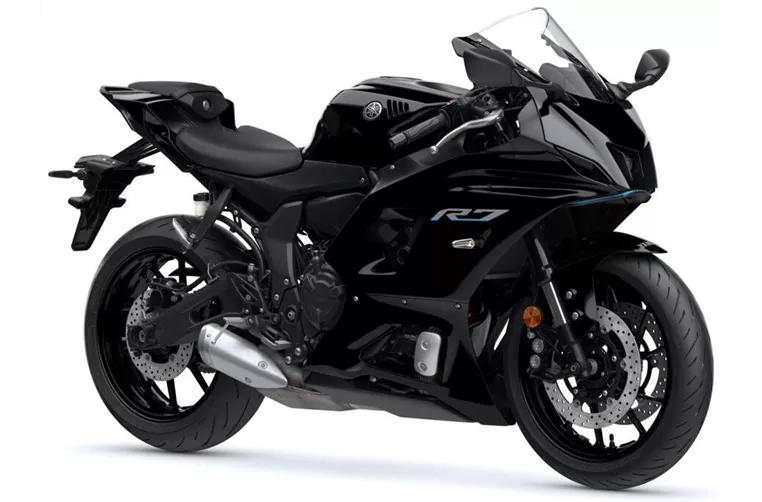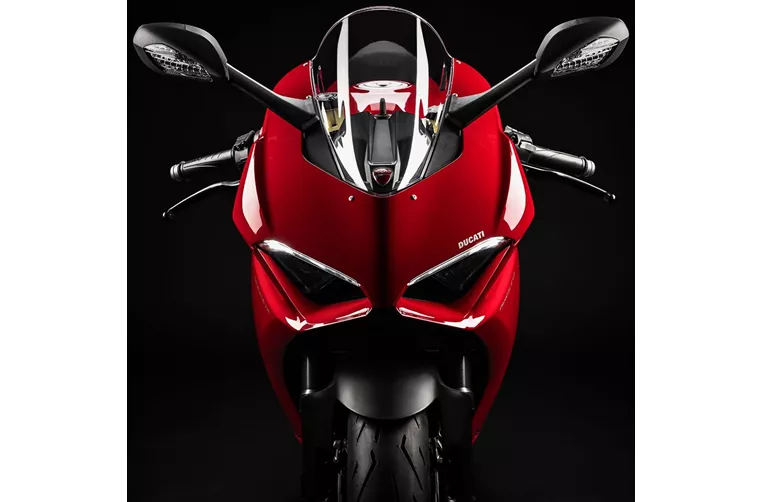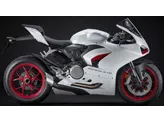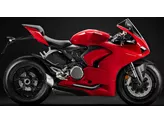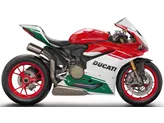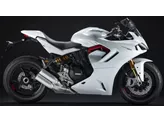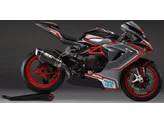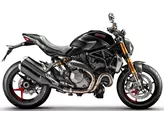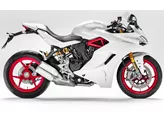Yamaha R7 2022 vs. Ducati Panigale V2 2020
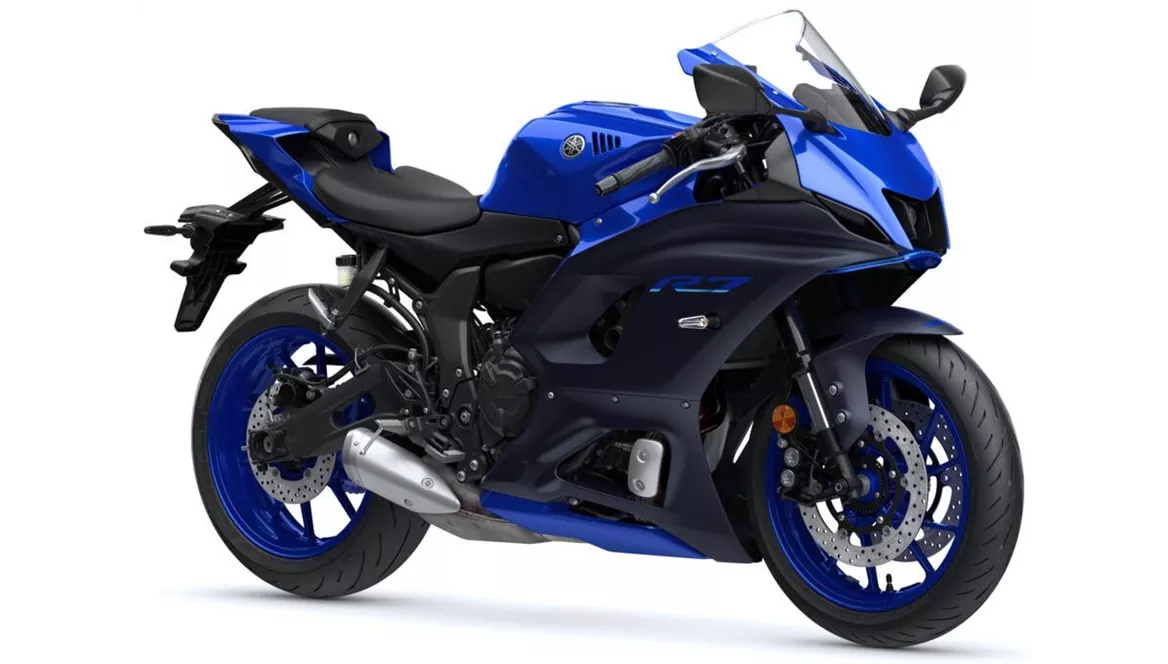
Yamaha R7 2022
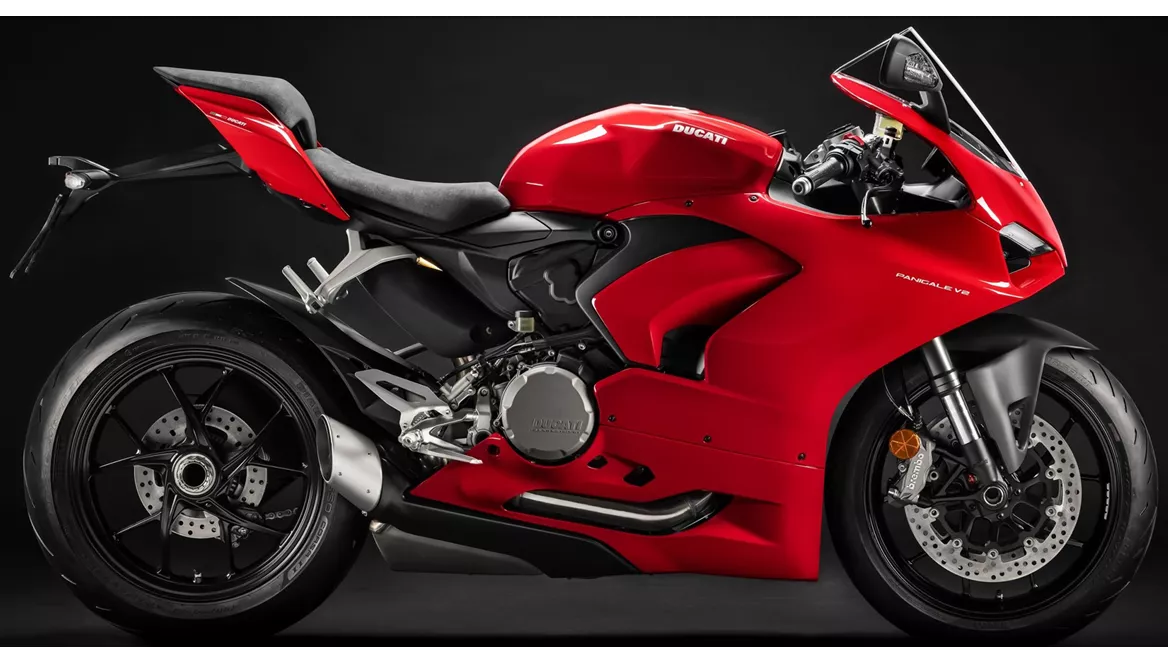
Ducati Panigale V2 2020
Overview - Yamaha R7 2022 vs Ducati Panigale V2 2020
The Yamaha R7 2022 and the Ducati Panigale V2 2020 are both supersport motorcycles that offer thrilling performance on the road. However, they have distinct differences in terms of their technical specifications and strengths.
Starting with the Yamaha R7 2022, it is equipped with an in-line, 2-cylinder engine with a displacement of 689cc. It generates a maximum power of 73.4 HP and a torque of 67 Nm. The engine features DOHC technology and has a compression ratio of 11.5. The R7 has a steel frame and a front suspension with upside-down telescopic forks, while the rear suspension consists of a swing arm with a monoshock absorber. It has a rake of 66.3 degrees and is equipped with double disk brakes at the front. The R7 comes with advanced rider assistance systems such as ABS. It has LED headlights and a fuel tank capacity of 13 liters.
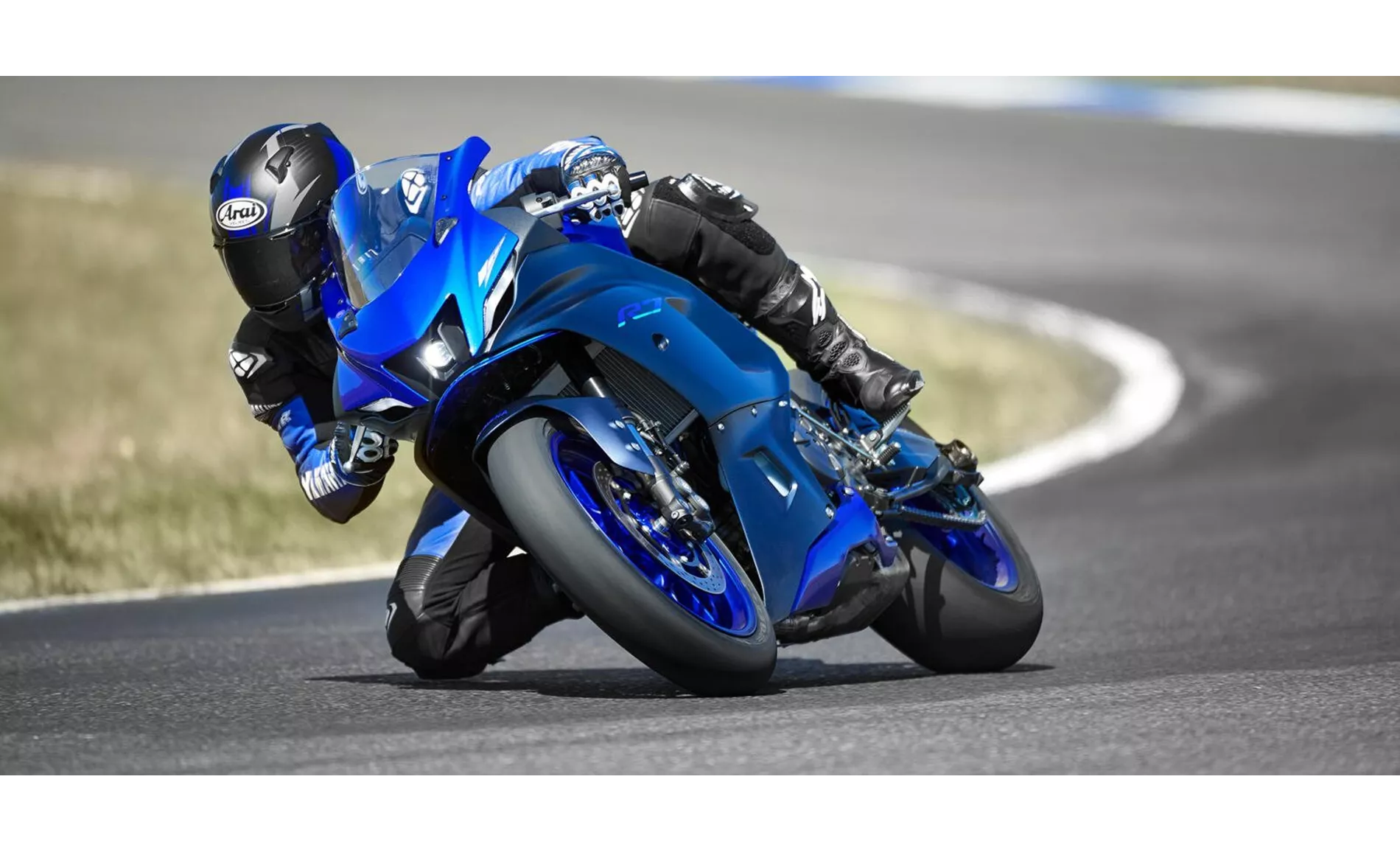
Yamaha R7 2022
On the other hand, the Ducati Panigale V2 2020 features a V-twin engine with a displacement of 955cc. It delivers a higher power output of 155 HP and a torque of 104 Nm. The engine utilizes desmodromic valves and has a compression ratio of 12.5. The Panigale V2 has an aluminum frame and a front suspension with upside-down telescopic forks, similar to the R7. The rear suspension consists of a single swing arm with a monoshock absorber. It has a rake of 66 degrees and is equipped with double disk brakes at the front, featuring radial and monoblock technology. The Panigale V2 offers a comprehensive range of advanced rider assistance systems, including riding modes, cornering ABS, ride by wire, quickshifter, traction control, and anti-wheelie. It has LED headlights and a larger fuel tank capacity of 17 liters.
In terms of strengths, the Yamaha R7 2022 is praised for its CP2 engine, which provides strong performance in the low and mid-range. Its front-wheel-oriented seating position offers good control and maneuverability. The R7 also features an adjustable chassis, allowing riders to fine-tune the suspension to their preferences. Additionally, it is known for its manageable nature and reliable braking system.
On the other hand, the Ducati Panigale V2 2020 stands out for its beautiful and high-quality design, which is sure to turn heads. It offers an outstanding electronics package, ensuring a high level of safety and enjoyment on the road. The combination of its engine, ergonomics, and electronics make it an immersive and thrilling riding experience. The Panigale V2 is also considered a great choice for supersport beginners and riders returning to the sport. It strikes a balance between engine power, chassis performance, and ergonomics.

Ducati Panigale V2 2020
However, both motorcycles have their weaknesses. The Yamaha R7 2022 lacks a TFT display, which may be considered a drawback for riders who prefer more advanced instrumentation. On the other hand, the Ducati Panigale V2 2020 could have benefited from a slightly higher power output compared to other engines in its class. Some riders may also feel that its true potential is only fully realized in the Race mode.
In conclusion, the Yamaha R7 2022 and the Ducati Panigale V2 2020 are both impressive supersport motorcycles with their own unique strengths and weaknesses. The R7 offers a more modest yet capable performance, while the Panigale V2 delivers a higher level of power and advanced electronics. Ultimately, the choice between the two will depend on the rider's preferences and priorities.
Technical Specifications Yamaha R7 2022 compared to Ducati Panigale V2 2020
Pros and Cons in comparison
Pros and Cons in comparison
Yamaha R7 2022
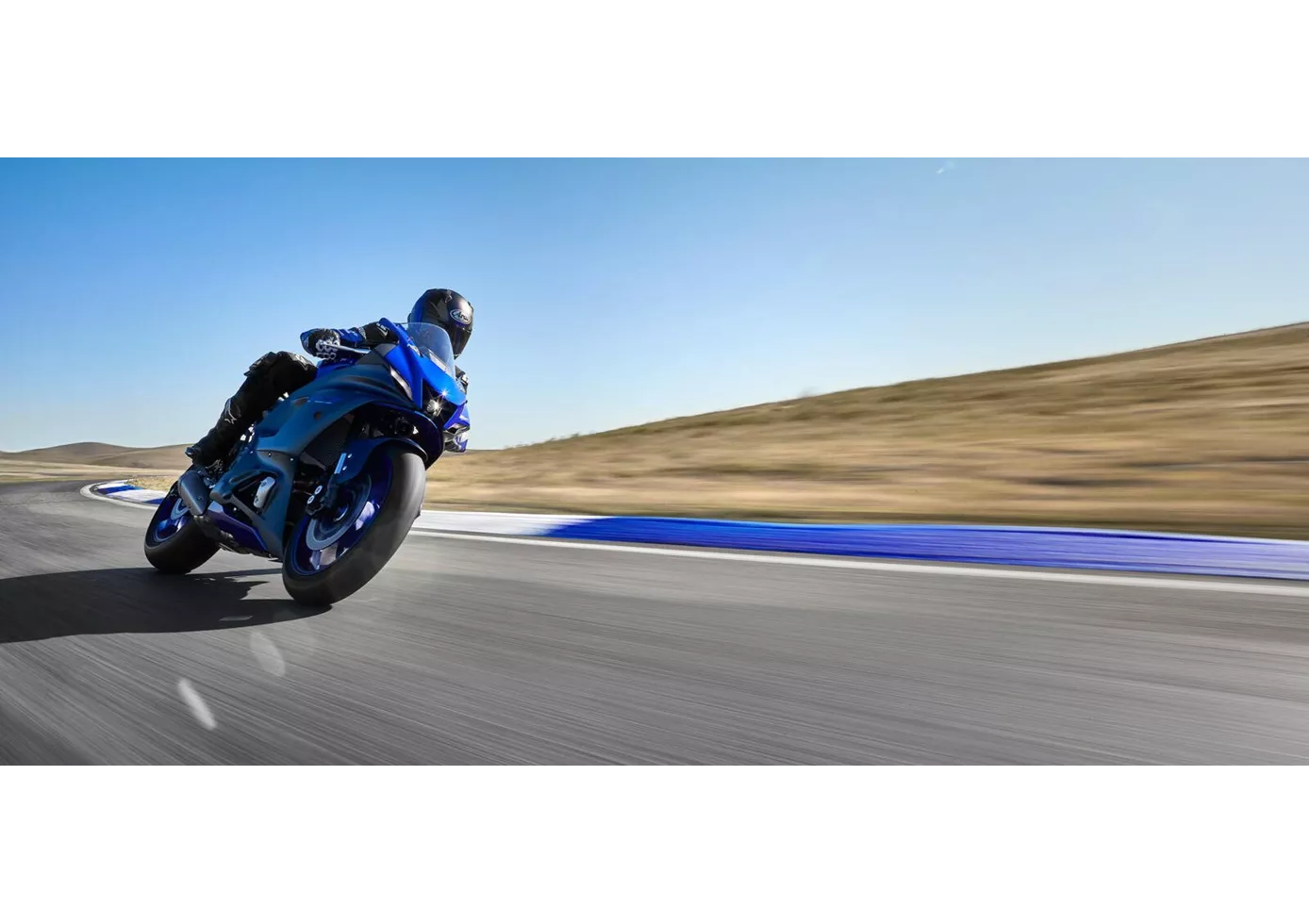
Those who expect the Yamaha R7 to be a half-hearted solution will be surprised at how well-balanced the little supersports bike is. Of course, the engine with just over 70 hp doesn't have what it takes to challenge the R6, for example, but the engine with its punch from below fits the character perfectly. The chassis components are of high quality, even fully adjustable at the front, and the handling of the slim grenade is absolutely awesome. The seating position is fine, not as radical as on a real super sports bike, and therefore suitable for everyday use.
Ducati Panigale V2 2020
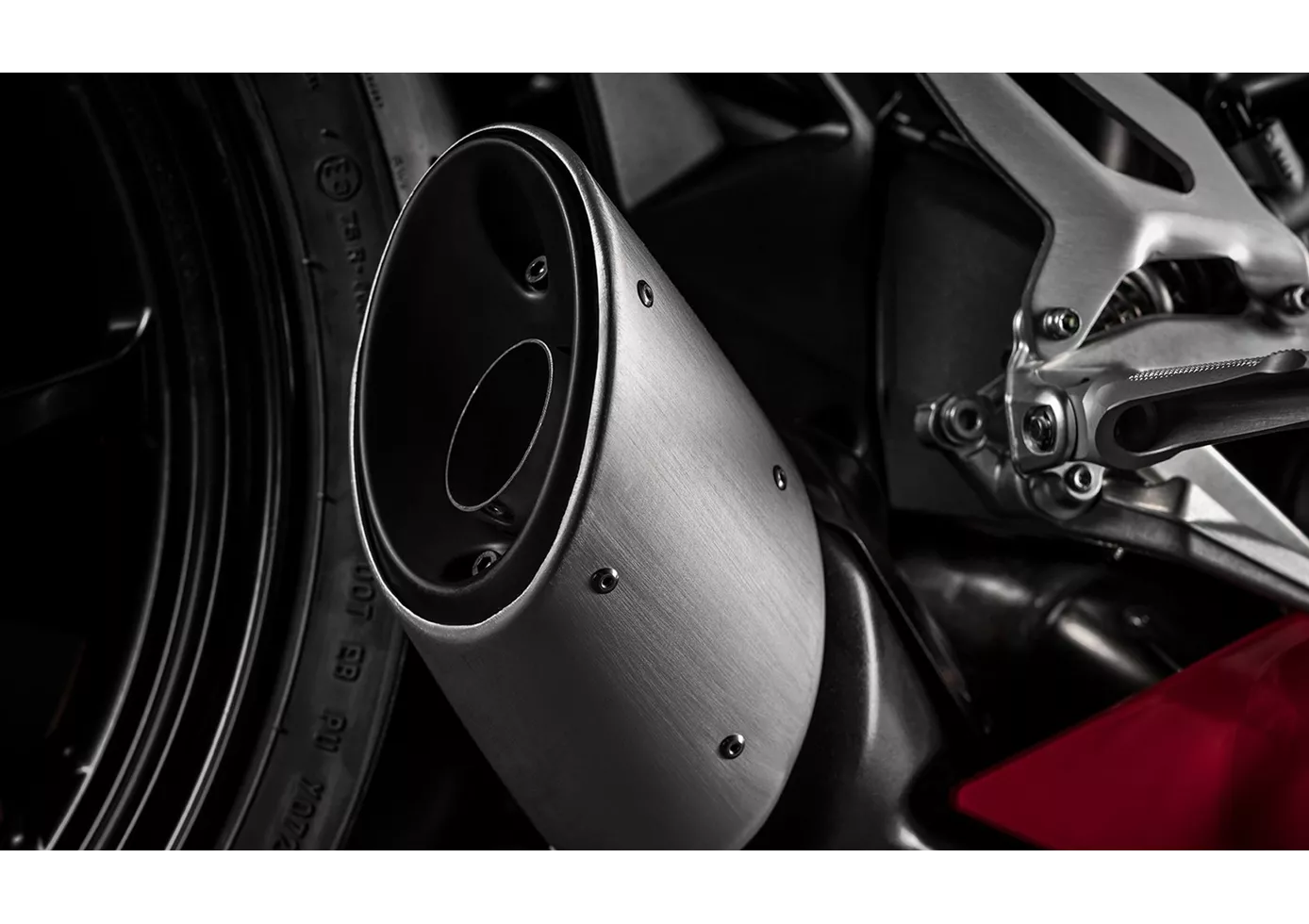
For us, the Panigale V2 is the ultimate road super sports bike. Sophisticated electronic assistance systems that leave nothing to be desired, Ducati's fun 955 cm³ two-cylinder Superquadro engine that generates more than enough power for the road with 155 hp, a great seating position and a high degree of controllability. All of this characterises the Panigale V2 and for this reason it is probably "the" country road supersports bike for us at the moment, but it also cuts a good figure on the racetrack. The Panigale V2 should appeal above all to pilots for whom 200 hp rockets are a bit too much, and to all those who have also been enchanted by this work of art on two wheels.
Price Comparison Avarage Market Price Yamaha R7 vs Ducati Panigale V2
There are a few key differences between a Yamaha R7 2022 and a Ducati Panigale V2 2020. In terms of price, the actual average price of a Ducati Panigale V2 2020 is about 86% higher. Compared to Ducati Panigale V2 2020 there are more Yamaha R7 2022 bikes available on the 1000PS.de Marketplace, specifically 44 compared to 5. It takes less time to sell a Ducati Panigale V2 with 84 days compared to 87 days for the Yamaha R7. Since model year 2021 1000PS.de editors have written 9 reviews for the Yamaha R7 and 9 reviews for the Ducati Panigale V2 since model year 2020. The first review for the Yamaha R7 was published on 5/18/2021 and now has more than 92,800 views. This compares to more than 70,000 views for the first review on Ducati Panigale V2 published on 10/23/2019.
